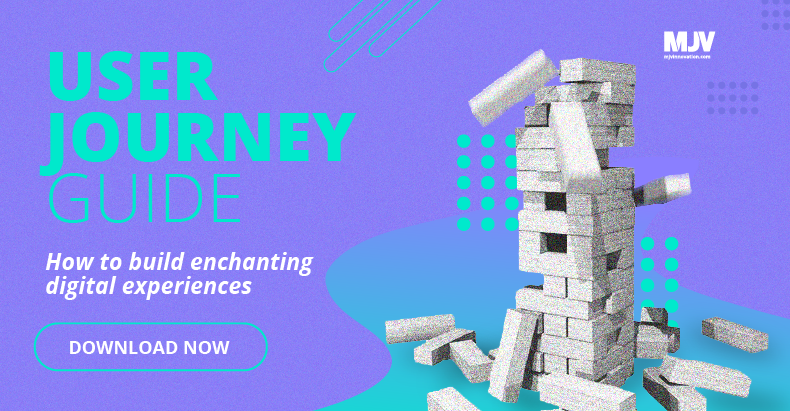Help center redesign of a movie streaming service
How user experience supported the development of an integrated search system to optimize the service.
Streaming platforms have reinvented the way music and movies are consumed. In order to rethink the customer experience in its customer service center, a large movie streaming platform invited MJV to get a better understanding of the user’s needs and improve the website navigation as well as the integration with the platform itself.
The accelerated growth of this industry also increased demand for user support, since they are seeking to have their problems solved in an easy and agile manner. And traditional channels, such as call centers and FAQs, no longer meet customer expectations.
To do, doing, done: an agile and integrated strategy
The project was born under a new concept: it was the first project where MJV merged agile methodologies and traditional management methods. The team was lead by a project manager, who worked with the Product Owner (client) to integrate the client with the team.
The main goal was to reduce the negative evaluations in the help center and, as a consequence, avoid the overloading the call centers. In order to do this, we sought to understand the problem-solving contexts and user behavior.
Understanding user behavior
Between exploratory and in-depth interviews, we talked to users from different regions of the country. As this is a company with a strong love brand concept, special attention was given to ensure that information was collected from loyal brand users, whose needs reflect the points to be improved.
Among the issues raised are:
- Fluidity of the client’s journey in the call center;
- Major scenarios of the problems that lead them to contact the company;
- Degree of autonomy of the team to solve the problem;
- Search habits within the platform.
At this stage, we designed the website map with the purpose of evaluating the interactivity flows. We also ran guided usability tests, which simulated the resolution of several different problems. The goal was to evaluate time and accuracy factors of task resolution, emotional response and command setting.
We also used tools like heat maps to collect information about clicks, flap rate between flaps, and platform search habits.
Co-creating to turn expectations into reality
After the stages of immersion and analysis, the focus was set to the optimization of the user’s time in the call center and the agility of the service.
We needed to answer a key question: what made users access the platform, and what made them give the articles poor evaluations, increasing the number of calls in the call center? The answer: content did not solve problems.
When we cross-referenced data, such as interview responses, UX test results, and heatmaps data, we found that the users’ greatest need was the lack of help in searching the streaming platform itself.
In practice, the users sought the service center to find answers to technical issues, as well as to search for movies and other content.
The diversity of the user base was large and consisted of young adults, entire families and even children. Based on this information, we have created different problem solvers.
After segmentation, we conducted co-creation workshops to prioritize the best solutions. From these sessions, we came up with the idea of redesigning the website and implementing a complete search engine.
Hacking the backlog: Article Manual
Based on these ideas, we included a new delivery, one that had not been foreseen in the initial scope: an Article Manual. The solution was developed from a new content management platform, integrated to internal support, to YouTube and the new search system, providing information to the user so that he can find answers to his doubts more objectively.
We have also produced a Content Manual with guidelines, which include:
- A preference for text in a step-by-step format;
- Add an option to allow users to save articles;
- Indicate average reading time of each article;
- Better signage of related articles;
- Re-enable explanatory videos to make problem-solving instructions more visual and instructional.
The manual allowed internal employees to independently produce assertive content.
Focus on user experience: restructuring the website
The implementation of monitoring and UX tools provided the basis for our strategic decisions and allowed us to obtain quantitative and qualitative acumens from the insights.
We performed onsite and remote usability tests to consolidate the scope of the solution and validate the prototype based on the navigation improvement of 20 thousand users.
Using the same tools, we obtained the data of all generated screens and heat maps as outputs. We also made a comparative table between the previous version and the modified version on the types of content accessed and the fluidity of the journeys.
Solution: improved performance and a bonus
Through checkpoint meetings and a detailed roadmap from the beginning, we ensured the alignment between the P.O. and the stakeholders’ expectations with regard to delivery milestones.
The main values generated were:
- Creation of personas focused on problem-solving;
- Redesign of the call center;
- Elaboration of an Article Manual;
- Copywriting training;
- Remodeling and development of a smart search system.
In order to take advantage of the richness of the information collected throughout the project, we made a new proposal: the creation of a different help center, which would bring new features validated by the users, which would take more time to be implemented. The proposal was accepted and gave rise to a new roadmap for incremental deliveries.
Back
